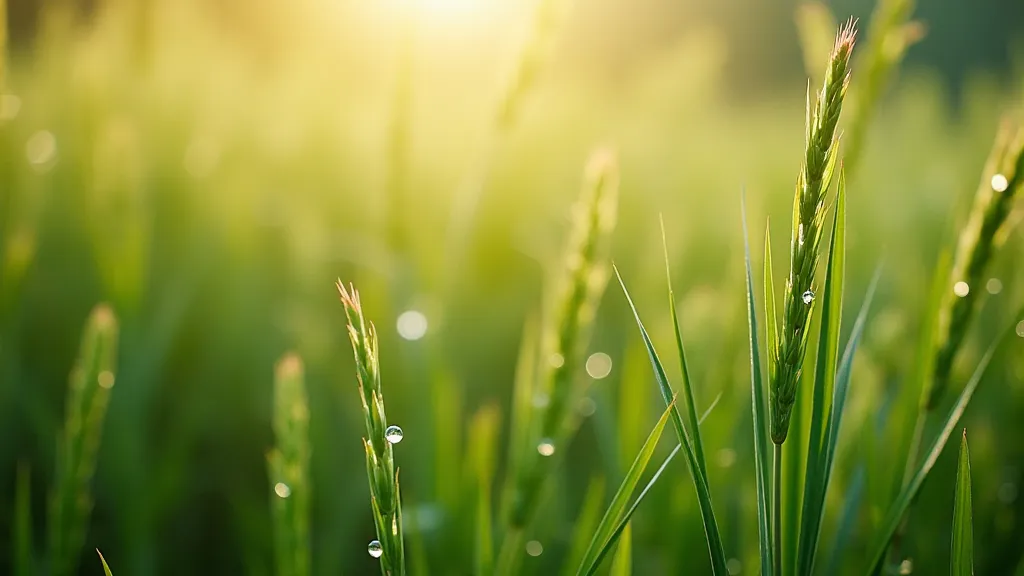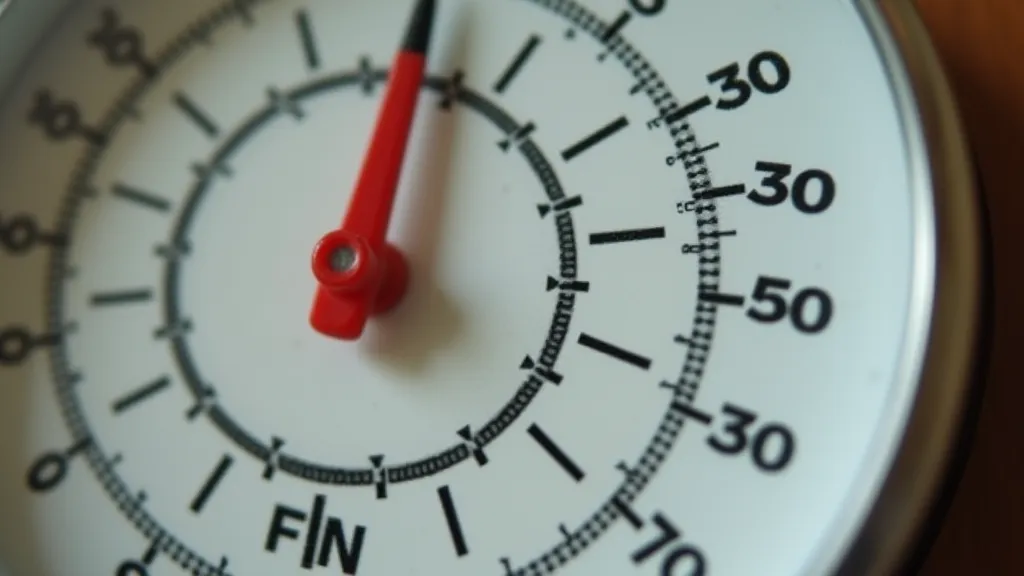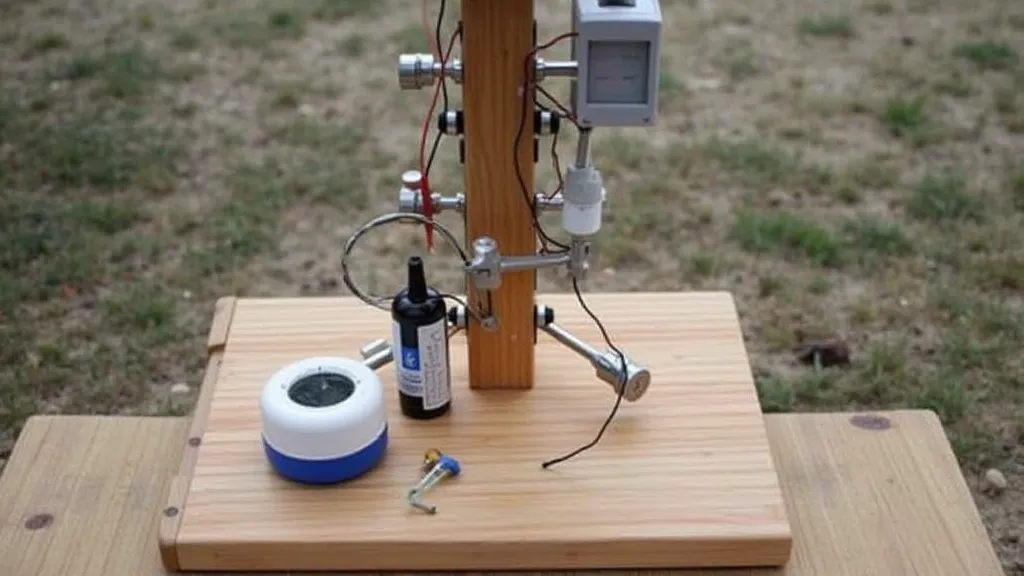Humidity Explained: Measuring Moisture in the Air
Building a weather station involves tracking several key atmospheric conditions. While temperature and pressure often get a lot of attention, humidity is crucial for a complete picture of the weather. This article explains what humidity is, why it matters, and how to measure it with your DIY weather station.
What is Humidity?
Humidity refers to the amount of water vapor present in the air. Water constantly evaporates from bodies of water, plants, and even the ground, adding moisture to the atmosphere. The warmer the air, the more moisture it can hold. However, there are different ways to express humidity, which can be confusing!
Types of Humidity
There are a few common terms used when discussing humidity. Understanding these distinctions is important for accurate weather monitoring.
- Absolute Humidity: This is the actual mass of water vapor present in a given volume of air. It’s typically expressed in grams per cubic meter (g/m³). While it sounds straightforward, absolute humidity changes rapidly with temperature and air movement, making it less practical for everyday weather reporting.
- Specific Humidity: This is the mass of water vapor per unit mass of dry air. It’s a bit more stable than absolute humidity and often used in meteorological calculations.
- Relative Humidity (RH): This is the most commonly reported type of humidity. It represents the amount of water vapor present in the air compared to the maximum amount the air *could* hold at that specific temperature. It's expressed as a percentage. For example, 50% relative humidity means the air holds half of the moisture it could potentially hold at that temperature. This is the value you’re most likely to see on weather reports.

Why is Humidity Important?
Humidity impacts many aspects of weather and our daily lives. Here's why it's worth measuring:
- Comfort: High humidity makes the air feel hotter because it reduces our ability to cool ourselves through sweating. Low humidity can dry out skin and mucous membranes. Ensuring your weather station is properly located can help minimize external factors impacting humidity readings. For help with this, check out our guide on choosing the right location for your weather station.
- Forecast Accuracy: Humidity plays a vital role in predicting precipitation, fog formation, and storm development.
- Plant Health: Understanding humidity levels can help monitor the health of plants and crops.
Measuring Humidity: Using a Hygrometer
The instrument used to measure humidity is called a hygrometer. There are several types of hygrometers suitable for a DIY weather station:
- Psychrometer: This classic instrument uses two thermometers – one dry and one wet. The wet thermometer is covered with a wet wick. Evaporation from the wick cools the wet bulb, and the difference in temperature between the dry and wet bulbs is used to calculate relative humidity. Requires ventilation for accurate readings. Building a robust enclosure for your weather station is important to protect the sensitive hygrometer components. See our guide on building a simple weather station enclosure for tips on protecting your equipment.
- Capacitive Hygrometers: These are electronic sensors that change their capacitance based on the amount of water vapor in the air. They’re compact and provide accurate readings.
- Hair Hygrometers: These use the property of some materials (like human hair) to change length with changes in humidity. This length change is mechanically linked to a pointer indicating the relative humidity.

Understanding the Impact of Temperature on Humidity Readings
It’s crucial to understand that temperature and humidity are intimately linked. Warmer air can hold significantly more moisture than cooler air. Therefore, changes in temperature will directly affect relative humidity readings, even if the absolute amount of water vapor remains constant. This is why it's so important to have a reliable thermometer alongside your hygrometer in your weather station. Maintaining accurate temperature readings is paramount for interpreting humidity data correctly. Regularly calibrating your thermometer will also help maintain its precision – you can learn more about this in our article on thermometer calibration.
Delving Deeper: Humidity and Atmospheric Stability
Beyond simple weather comfort and forecasting, humidity plays a critical role in atmospheric stability. The amount of moisture in the air influences the potential for convection, which is the process of warm, moist air rising and cooling. This rising air can lead to cloud formation and precipitation. Higher humidity levels generally increase atmospheric instability, making conditions more favorable for thunderstorms and severe weather. Accurate humidity measurements, coupled with temperature and pressure data, provide a comprehensive picture of atmospheric conditions.
Building a Complete DIY Weather Station: From Tools to Data Logging
Setting up a DIY weather station is a rewarding project that allows you to monitor your local environment and gain a deeper understanding of weather patterns. The choice of hygrometer is just one piece of the puzzle. You’re also going to need a solid foundation, proper tools, and a method for recording and analyzing your data. A well-designed weather station enclosure protects your instruments from the elements, ensuring accurate and reliable measurements. Consider the potential for icing in winter, and design your enclosure to minimize these effects. Beyond the physical components, you’re going to need to decide how you will log and visualize your data. Many microcontrollers, such as Arduino and Raspberry Pi, offer excellent data logging capabilities.
Troubleshooting Common Humidity Measurement Issues
Even with careful planning and execution, you may encounter issues with your humidity measurements. Common problems include:
- Condensation on the Hygrometer: This can happen when the air is saturated, and water vapor condenses on the sensor. Wipe the sensor gently with a soft cloth.
- Erratic Readings: This can be caused by drafts, direct sunlight, or a malfunctioning sensor. Relocate the sensor or replace it if necessary.
- Drift over Time: Hygrometers, like all electronic devices, can experience drift over time. Periodic calibration is essential for maintaining accuracy.
Integrating Humidity Data with Other Weather Parameters
The true power of a weather station lies in the ability to integrate data from multiple sensors. Combining humidity measurements with temperature, pressure, wind speed, and rainfall data provides a much more complete picture of your local weather conditions. This integrated data can be used to create sophisticated weather models, track changes over time, and gain a deeper understanding of your local climate. Consider also the impact of these factors on plant health; having a solid understanding of humidity can assist in maximizing growth.

Building a DIY weather station involves a commitment to accuracy, consistency, and ongoing maintenance. By understanding the principles of humidity measurement, carefully selecting your equipment, and regularly calibrating your sensors, you can create a valuable tool for monitoring your local environment and gaining a deeper appreciation for the wonders of weather.





